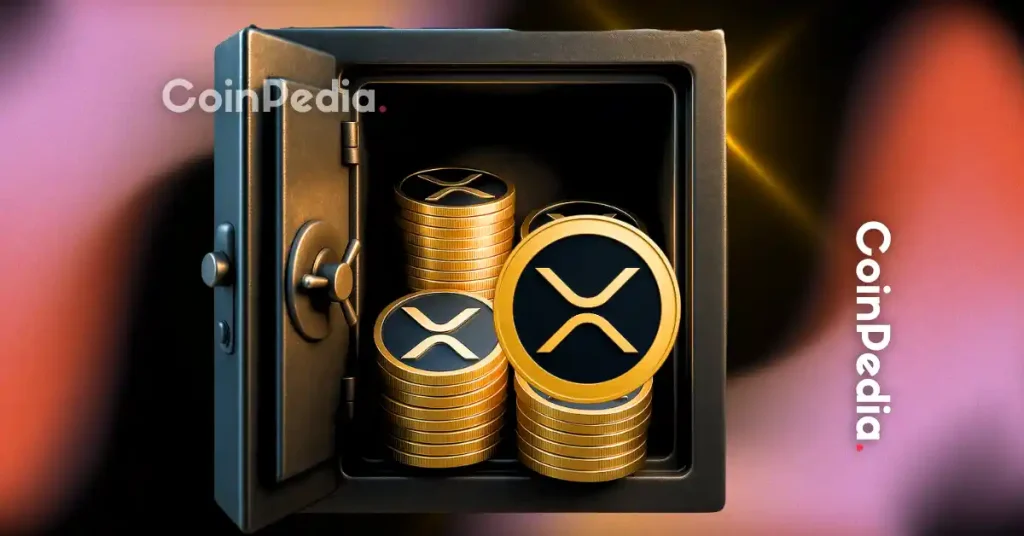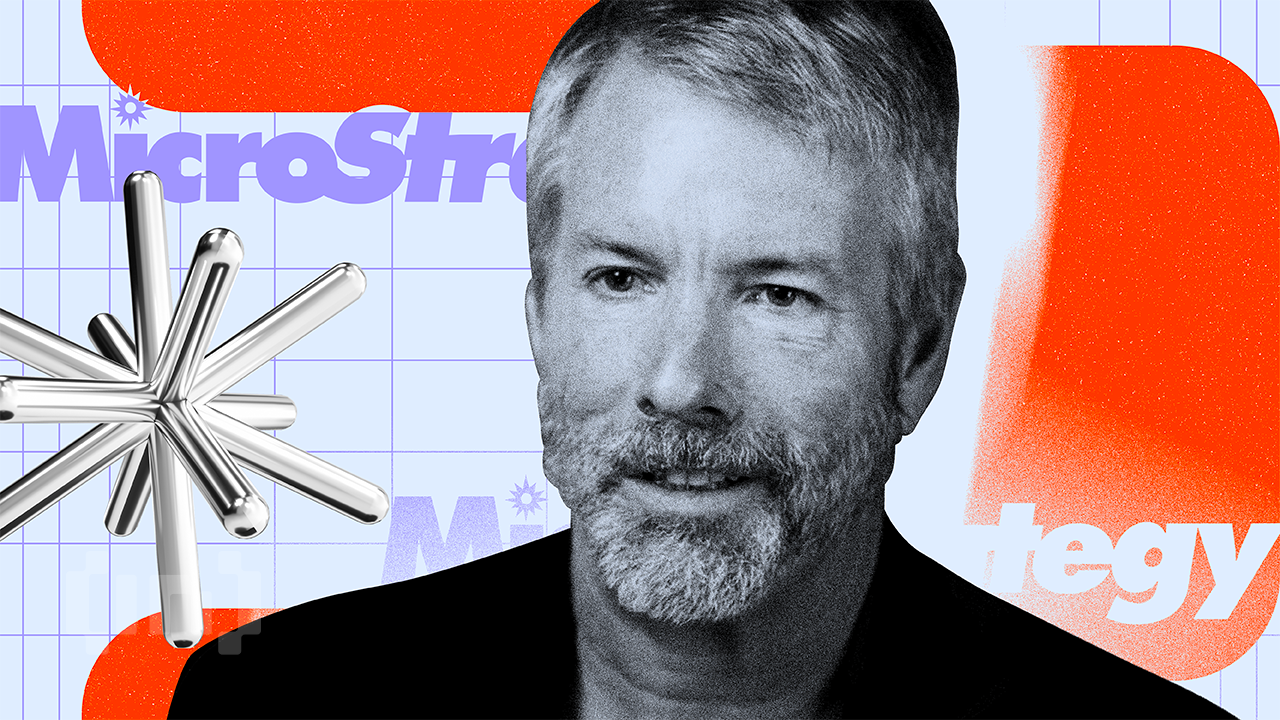The crypto market moves so quickly that information alone is no longer enough. Traders need a system that turns news into action before the market reacts. This is where the combination of news aggregators and trading dashboards becomes powerful. News aggregators collect headlines, regulatory updates, whale movements, and market signals from many sources. Trading dashboards then convert that information into charts, alerts, and execution tools. When both systems work together, traders can move from insight to execution in seconds instead of minutes. In a fast market, that time difference can determine whether you catch an opportunity or miss it entirely.
In 2025, crypto traders will rely heavily on automation and real-time feeds. The gap between reading market news and making a trade has narrowed significantly. Tools now integrate directly with exchanges, alert systems, and on-chain data. Instead of manually checking dozens of apps, traders can monitor everything from one interface. This article explains how news aggregators connect to trading dashboards, why the link matters, and how you can build a workflow that improves speed, accuracy, and decision-making.
Why News Aggregators Matter in a Fast Market
Crypto reacts to information instantly. A single announcement from a regulator, exchange, or project can move prices across multiple chains. News aggregators help traders track these shifts without having to search for updates manually. They pull data from trusted websites, social feeds, developer forums, exchange announcements, and blockchain activity trackers. This creates a real-time news flow that keeps traders aware of significant events.
In the past, aggregators only provided headlines. Modern tools now categorize news based on market impact, sentiment, chain involvement, and token relevance. This makes it easier to filter critical updates from noise. Traders can set alerts that match their strategy, such as regulatory news, project partnerships, whale movements, or exchange listings.
Aggregators also help traders avoid misinformation. By comparing updates from multiple sources, they reduce the risk of reacting to false rumours. With more reliable data, traders make better decisions and reduce emotional reactions.
The Role of Trading Dashboards in Market Execution
Trading dashboards help traders structure information so they can act quickly. They connect portfolios, exchanges, charts, risk metrics, and analytics in one platform. With dashboards, you can monitor asset performance, view liquidity depth, track risk exposure, and execute trades without switching apps.
Dashboards also reduce cognitive overload. Instead of manually processing dozens of data points, traders view simplified visual insights. Many platforms offer automated triggers such as buy signals, sell signals, volatility alerts, and liquidity changes. These features complement news from aggregators and help traders spot profitable entry points.
When dashboards integrate with exchanges, they allow instant order placement. This turns news analysis into direct execution. For active traders, this integration is essential because markets move faster than human reflexes.
How News Aggregators and Dashboards Work Together
Connecting both tools creates a seamless trading workflow. Aggregators bring the signals while dashboards provide the structure and execution capability. Once linked, traders can react to market changes faster than ever.
A sudden exchange hack might trigger a fast sell-off. A significant partnership announcement might push a token into an uptrend. Whale transfers may signal liquidity shifts. Without real-time insights, traders fall behind. But when aggregators send news directly to dashboards, everything runs more smoothly.
Dashboards can convert incoming news into actionable triggers. They can highlight tokens mentioned in headlines, update sentiment scores, and show immediate price reactions. This link reduces reaction time and helps traders stay in sync with market momentum.
Real-time alerts from news aggregators also improve risk management. When dashboards show how news affects your portfolio, you can adjust positions quickly. Traders can set stop losses, reduce exposure, or rebalance holdings as events unfold.
Read more: DEX Aggregator vs Centralized Exchange: What’s the Difference?
Tools That Combine Aggregators and Dashboards
Several platforms offer strong integrations that combine news, analytics, and execution. Each tool helps traders analyze information more efficiently.
TradingView has news feeds built into its charting system. Traders can see headlines alongside technical indicators, making it easy to respond quickly.
CryptoQuant integrates chain analytics with market news. Traders can view how news affects exchange flows, whale activity, and market sentiment.
Nansen offers smart money news alongside wallet behaviour. Dashboards update in real time when large accounts shift positions.
Messari combines research-grade news with charts and asset scores. It is ideal for traders who rely on deeper analysis.
Birdeye integrates news into multi-chain dashboards, allowing traders to link updates to token movements.
These platforms help traders reduce the gap between reading news and executing trades.
How to Build Your News to Execution Workflow
A strong workflow begins with selecting the right aggregator. Choose a tool that gathers updates from reliable sources and offers filtering options. Look for sentiment scoring, chain tagging, and alert customization.
Next, connect your aggregator to your dashboard either directly or through custom alert channels. Many dashboards support integrations through APIs, webhooks, or Telegram bots.
Once connected, create alerts based on your trading strategy. For example, if you trade breakouts, set alerts for listings, whale flows, or protocol upgrades. If you manage long-term positions, focus on regulatory news, inflation data, or project fundamentals.
Finally, adjust your dashboard layout so relevant data is easier to read. Place price charts, liquidity tools, and risk metrics near your news feed. This helps you translate market events into fast decisions.
How This Link Improves Risk and Performance
The main benefit of linking aggregators to dashboards is speed. Traders reduce the time gap between information and execution. When markets move quickly, minutes matter. Sometimes even seconds matter.
Fast information flow also helps reduce emotional trading. Instead of reacting blindly to headlines, traders can cross-check news against real-time charts and metrics. Dashboards help you see the bigger picture so you avoid panic selling or FOMO buying.
Another advantage is improved accuracy. Combined data reduces the risk of misinformation. If a headline triggers fear but dashboards show stable liquidity and low selling pressure, it may be a false alarm.
This workflow also improves discipline. With structured alerts and clear analytics, traders avoid gambling behaviour. Instead, they follow a consistent, data-supported strategy.
The link between news aggregators and trading dashboards has changed the way traders operate in 2025. It combines real-time information with instant execution, helping traders stay ahead of market volatility. This connection improves decision-making, reduces emotional reactions, and increases trading accuracy. As markets become faster and more competitive, building a strong news-to-execution workflow becomes essential for long-term success.
FAQs
1. What is the benefit of linking news aggregators to trading dashboards?
It reduces reaction time and helps traders act on reliable information much faster.
2. Which platforms support both news and trading dashboards?
Tools like TradingView, Nansen, Messari, and CryptoQuant offer strong integrations for real-time analysis.
3. Can aggregators help reduce losses?
Yes. They provide early warnings that help traders exit risky positions before markets fall.
4. Do dashboards automate trading decisions?
Some dashboards offer automated triggers, but most traders use them for structured decision-making.
5. Is this workflow useful for beginners?
Yes. It simplifies complex information and helps beginners make more confident trading decisions.
The post From News to Execution: Linking Aggregators to Trading Dashboards appeared first on FXcrypto News.
























 24h Most Popular
24h Most Popular









 Utilities
Utilities